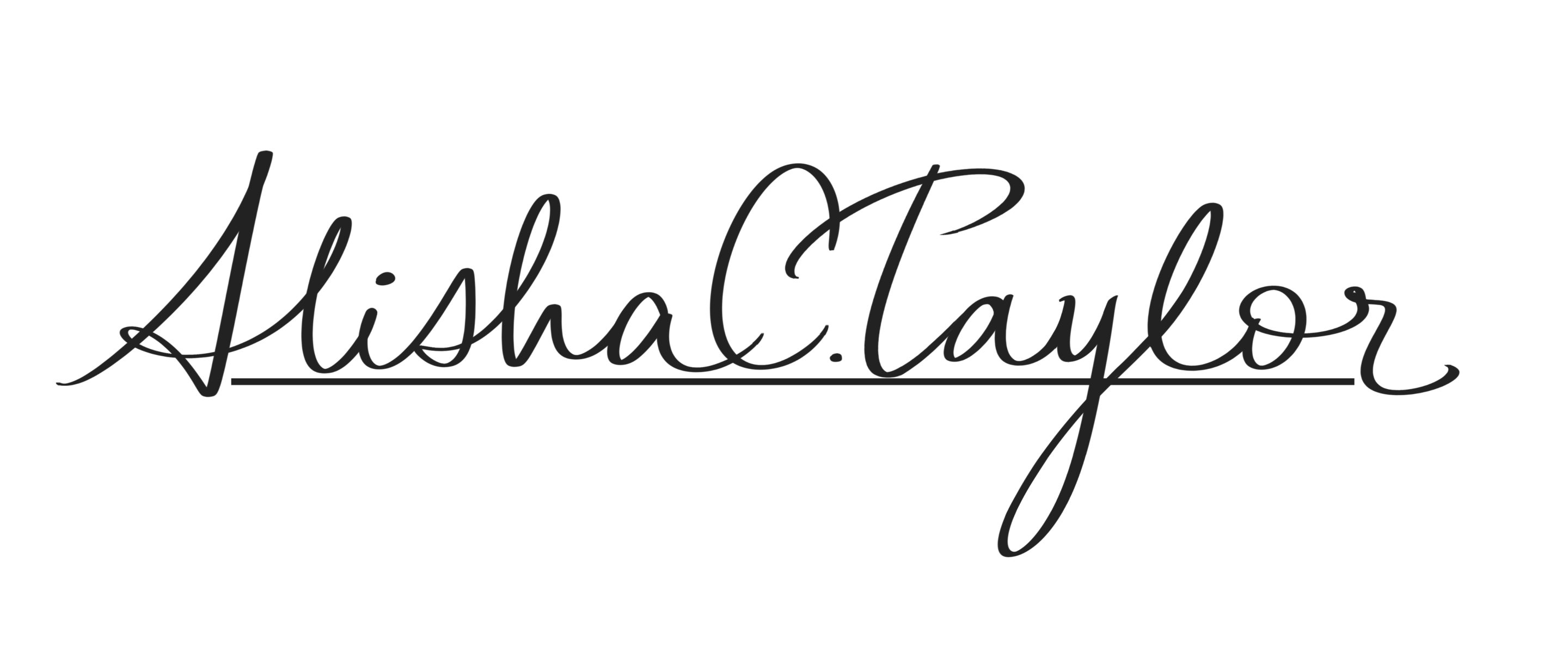Respondents in this study cite that ineffective meeting repercussions:
- Leave less time to do work (44%)
- Confusion on action items (43%)
- Loss of focus (38%)
- Unnecessary attendees sabotage progress (31%)
- Erosion of client/end user relationships (26%).
As a project manager or business leader, what steps are you taking to continue the cycle of unproductive meetings?
You Don’t Set Up a Detailed Agenda (or Any Agenda At All)
Many leaders get caught in the trap of “Well, let me just throw something on the calendar”. The meeting invitation does not include a purpose, a meeting type (status, decision, information, review, innovation, training), meeting deliverable (approval, plan forward), thought to key stakeholders, detailed agenda (with timing).
Take an extra 5 minutes to thoughtfully set your agendas, add links or documentation, and assign deliverables to meeting attendees in advance.
You Inappropriately Time Meetings
You plan meetings around key stakeholders’ open availability, instead of productive times for your meeting purpose and type. According to the Daniel Pink book “When: The Scientific Secrets of Perfect Timing,” The majority of people are more productive in the mornings, so it’s the best time to plan innovation, decision, and technical working meetings, but a wasted opportunity for holding rote status update meetings.
This could be a difficult cultural change for a global organization, because according to the Doodle study, 70% of respondents prefer to have meetings scheduled from 8 AM – 12 PM.
You Don’t Organize Action Items and Follow Up
You don’t leave time for a summary and wrap up, so attendees are left without a clear path forward. You may follow up with meeting minutes, but they are unclear as well. Use a combination of both verbal and visual methods in your meetings to sum up key decisions, action items, owners, dates, and date for deliverables and a follow up meeting (if absolutely required).
If you would like any guidelines on improving your meetings, I’ve spent years perfecting a meeting minutes template that I use for almost every discussion I have. You can download a free editable version here.


